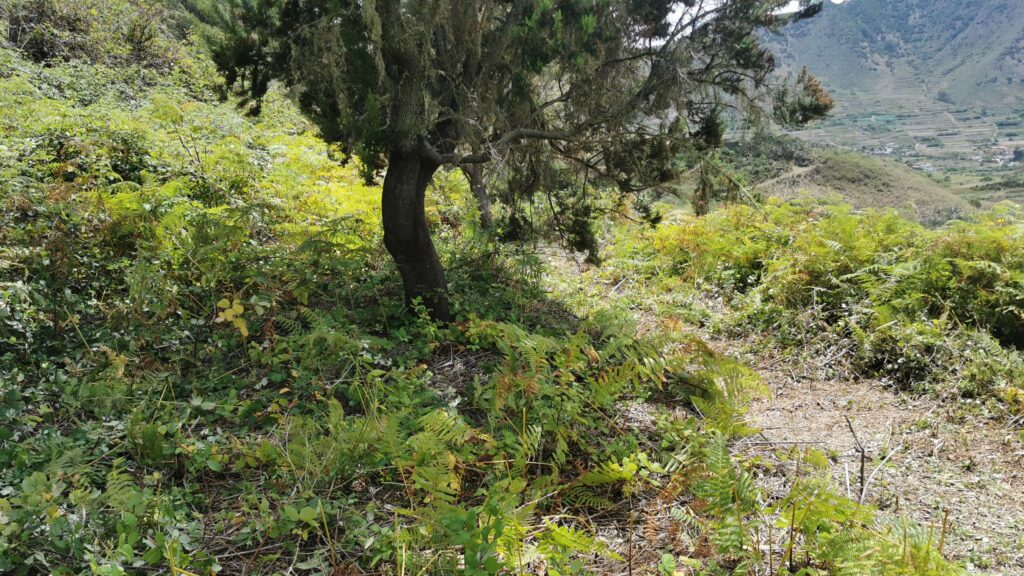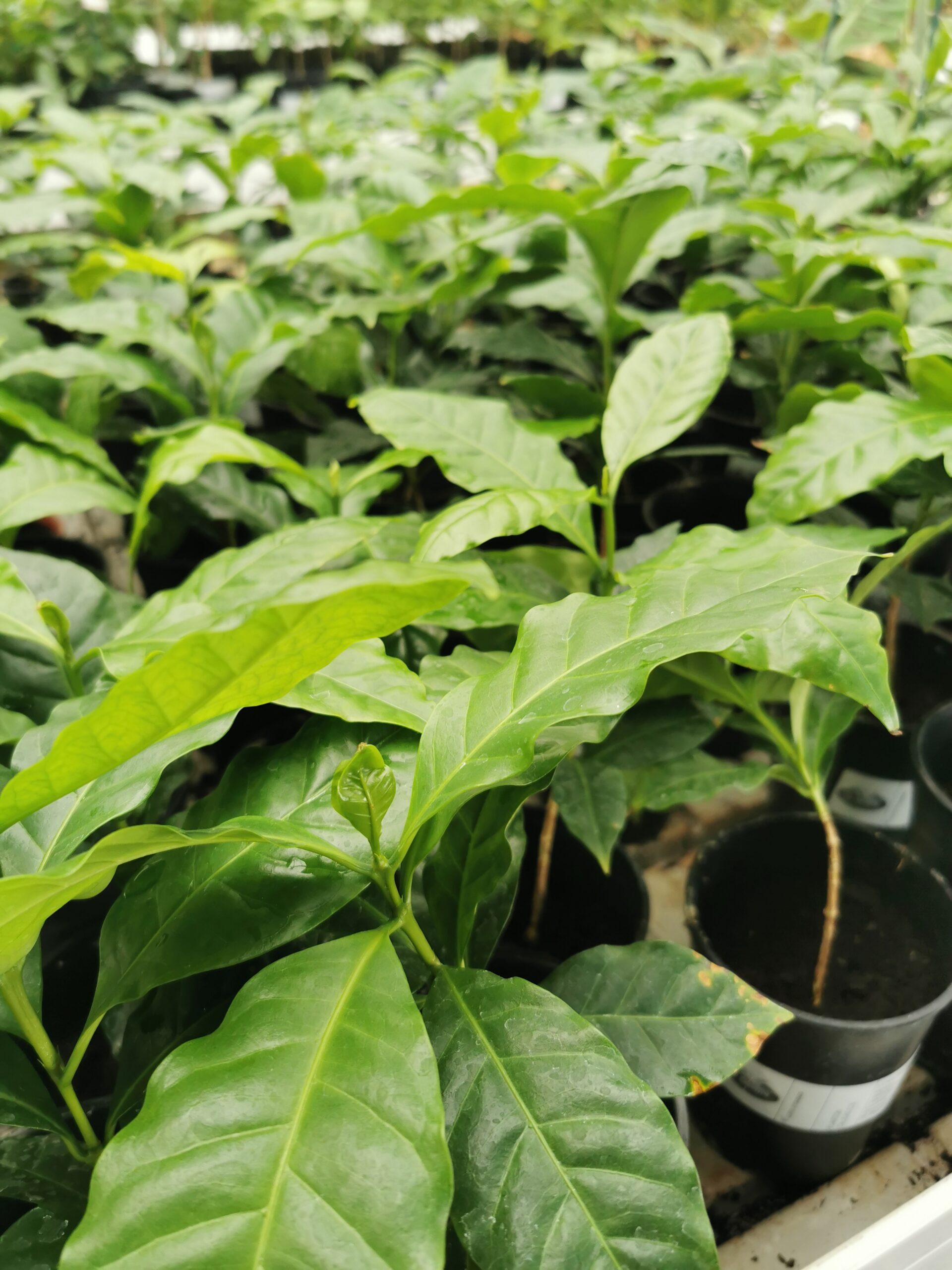As a coffee farmer, I’m excited about the growing demand for high-quality coffee worldwide. But I know that coffee plantations face challenges like pests, diseases, and weeds that can harm my precious coffee beans. Instead of relying solely on chemicals, I’m determined to explore alternative ways to manage pests and diseases sustainably.
Weeds, though seemingly insignificant, can pose a significant threat to the growth and productivity of coffee plants. They compete for essential resources such as nutrients, water, and sunlight, which can ultimately lead to reduced crop yields.
Grass and weeds contribute to maintaining soil temperature by providing insulation and reducing evaporation, thus promoting soil health. However, this delicate balance can be easily disrupted by excessive weed growth, leading to nutrient depletion and hampering the growth of my coffee trees.
In the midst of managing weed growth in my coffee plantation, one particular challenge I face is the presence of wildly growing blackberries. While these berries may seem harmless and even appealing, they can pose a significant threat to both my farm and me as the farmer.

Blackberries can quickly become invasive, outcompeting desirable plants like my coffee trees. If left unchecked, they suffocate young coffee plants, reducing crop yields and impacting my plantation’s health. Removing these unwelcome guests demands caution due to their thorny nature. Wearing protective gear is crucial to avoid painful scratches and injuries during the eradication process. Thorough removal is necessary to prevent their regrowth and ensure the long-term health of my coffee plantation.
To promote a healthy environment for my coffee trees, I’ll adopt cultural practices. I’ll grow shade-grown coffee under natural or managed shade, creating a balanced ecosystem that attracts beneficial insects and birds to control pests. I’ll also nurture wildflowers among the coffee trees to invite even more helpful creatures.
To diversify my plantation, I’ll intercrop my coffee trees with fruits and vegetables. This not only reduces disease risks but also brings in extra income. I’ll take care of the soil using composting and mulching to make my coffee plants stronger against diseases.
As a coffee farmer, I understand the importance of reducing my reliance on chemical inputs. I’ll use machinery and tools for mechanical control. I’ll manually weed to keep my plantation clean and free of weeds. This way, I’ll reduce environmental impact and maintain biodiversity.
I’ll actively monitor my plantation for pests and diseases, taking timely action to prevent their spread. Pruning infected leaves and hand-picking pests will be part of my daily routine to protect my coffee trees.
Embracing sustainable pest and disease management using cultural, mechanical, and manual control methods excites me. Through permaculture, I aim to create a coffee farm that thrives in harmony with nature, preserving biodiversity and supporting wildlife. These practices will ensure the long-term health and productivity of my coffee crops while contributing to environmental preservation.

